vintagesnaps
Been spending a lot of time on here!
- Joined
- Jan 13, 2013
- Messages
- 9,119
- Reaction score
- 3,109
- Location
- US
- Can others edit my Photos
- Photos NOT OK to edit
I almost always shoot M. I have my own 'mode' lol - which is to reset a camera at f8 and 1/125 when I'm done. So next time I grab the camera, that's where it's set (well, most of the time, I am human lol). Works for me.
I find shooting manual is way easier that whatever 'modes' a camera manufacturer or whoever came up with that they think is going to work. What do they know? they're not standing here with me to determine camera settings for any given conditions. I'm fast, just years of practice I guess, I can adjust from my standard settings quick enough.
I even focus manually shooting hockey. That's what I learned, that's what I've done for years and years, so that's what I know how to do.
Most of the time. I use 'auto' settings when shooting a Polaroid. (Although now that I think about it, I manually focus the SX-70...).
I find shooting manual is way easier that whatever 'modes' a camera manufacturer or whoever came up with that they think is going to work. What do they know? they're not standing here with me to determine camera settings for any given conditions. I'm fast, just years of practice I guess, I can adjust from my standard settings quick enough.
I even focus manually shooting hockey. That's what I learned, that's what I've done for years and years, so that's what I know how to do.
Most of the time. I use 'auto' settings when shooting a Polaroid. (Although now that I think about it, I manually focus the SX-70...).



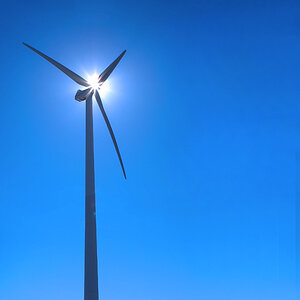
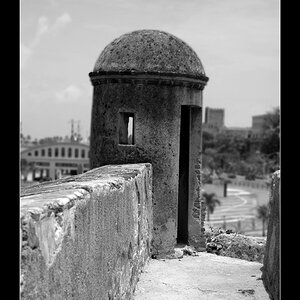
![[No title]](/data/xfmg/thumbnail/32/32160-4e45e524b050f1afae9fd21bf696d61b.jpg?1619735234)
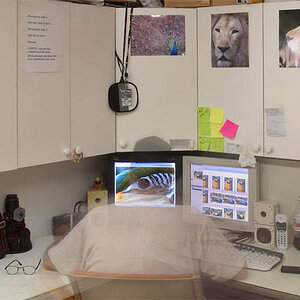
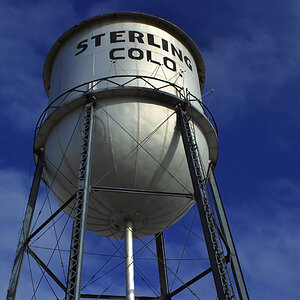
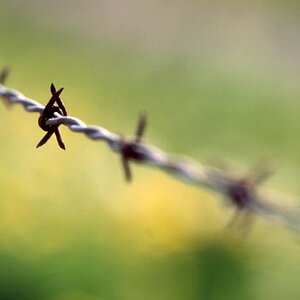
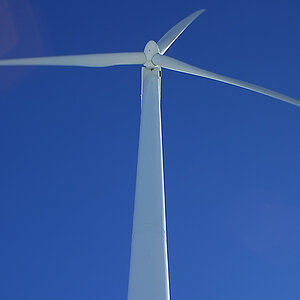
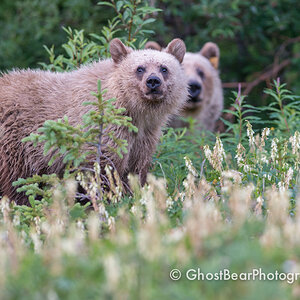
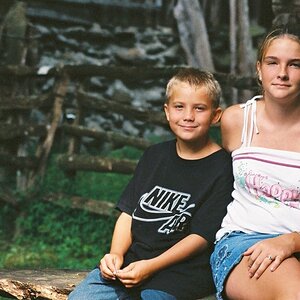
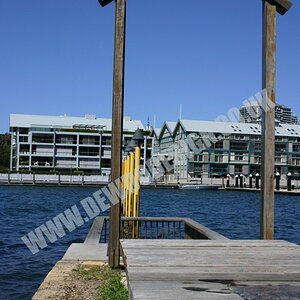
![[No title]](/data/xfmg/thumbnail/32/32161-a5da499a329f1fae945778aac75d4442.jpg?1619735234)